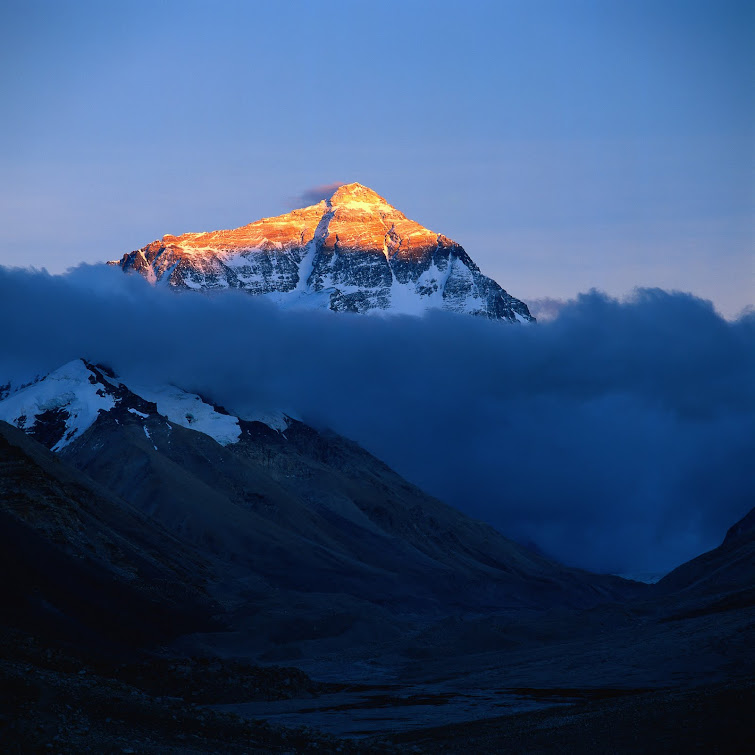Remote Sensing, Spatial Analysis and Google Earth
In our second blog entry we used Google Earth to gather aerial imagery of Latin America, in order to gain some unique perspectives on Latin America. We also have used Google Earth in class to view aerial imagery of the different regions we are studying. Google Earth is a unique tool that allows its users to go anywhere in the world with a bird's eye view. In order to create this effect, Google Earth uses superimposition, basically the piecing together of remote sensing imagery and aerial photography of the earth.
So what's so special about Google Earth and remote sensing? Well, there are extensive uses for Google Earth and remote sensing in both Geography and other fields of study. Google Earth certainly does not have the highest quality imagery, but with it you can look at places in the world where you've never been to before, you can spatially analyze the makeup of the earth or where places are in the world, in relation to one another and you can virtually put yourself in a city or other natural landmark. People can spatially map out statistics about different populations. Our military uses remote sensing and aerial photography for surveillance and reconnaissance purposes. NASA uses remote sensing to analyze the environments of other planets and various objects in our solar system.
Using remote sensing and aerial imagery we are able to view places on earth that are either dangerous,difficult or impossible to get to. With remote sensing, scientists can see the changing of landforms and seabeds, mainly through the effects of earthquakes, volcanoes and tsunamis. We also are able to see how humans interact with the physical surface of the earth. You can observe patterns humans have created through construction or agriculture.
Overall, one of the best things about Google Earth and aerial imagery is that you can see the earth from a completely different perspective. It is amazing to see unique places on earth from aerial imagery whether they are natural landforms or things created by humans. I found a website that points out some interesting and "cool" places on earth using Google Earth. The website can be found from here: Google Earth Cool Places.
Here are some of the most interesting images I found on the website:
Sand Dunes in the Sahara Desert
Area 51
Giant Target in Nevada
Firefox Logo in Oregon
Statue of Liberty
Pyramids in Egypt
Grand Canyon
Sunken Ship Off of Brazil
.jpg)









0 comments